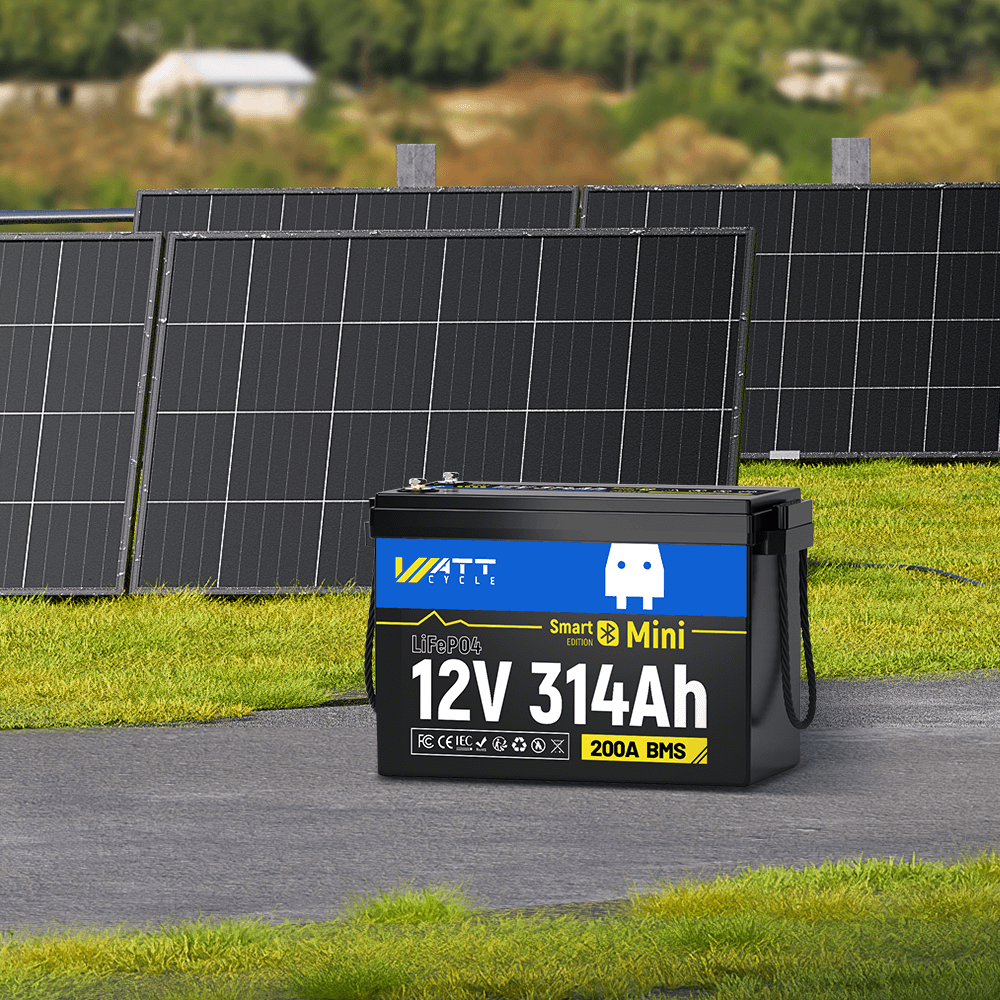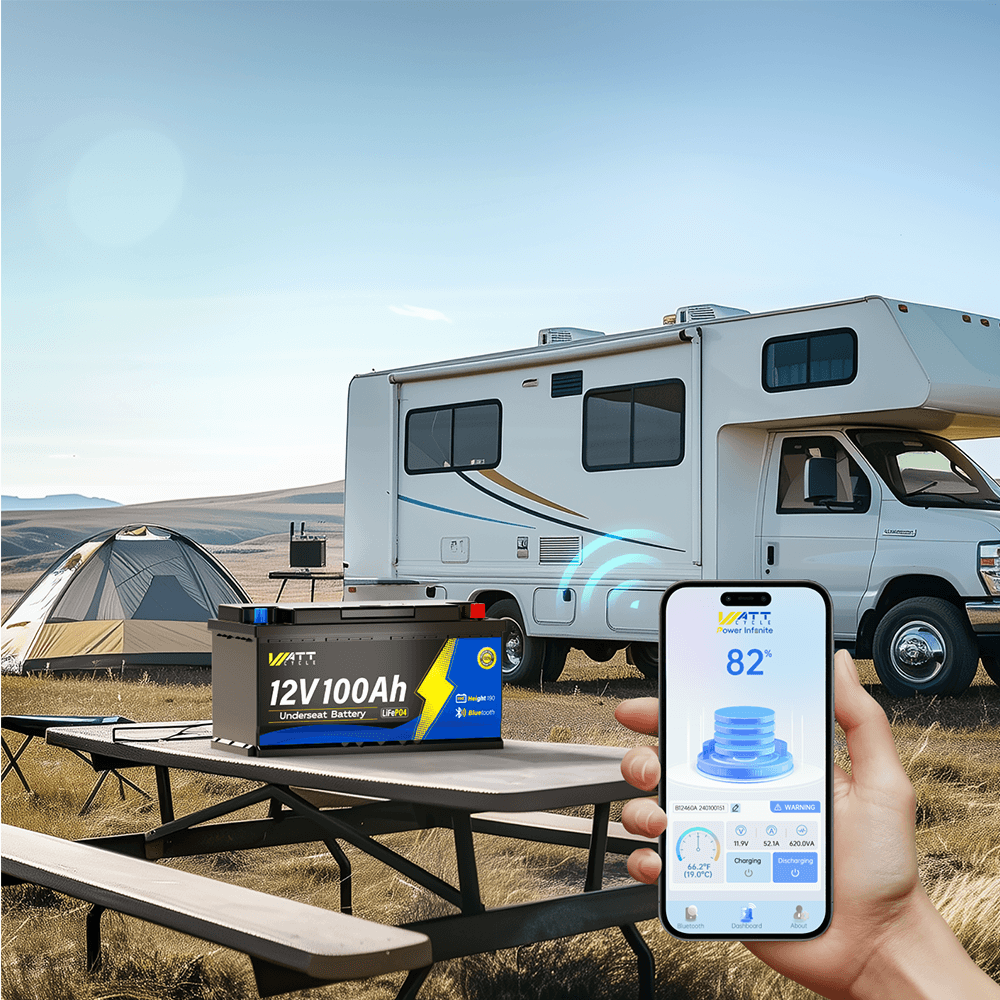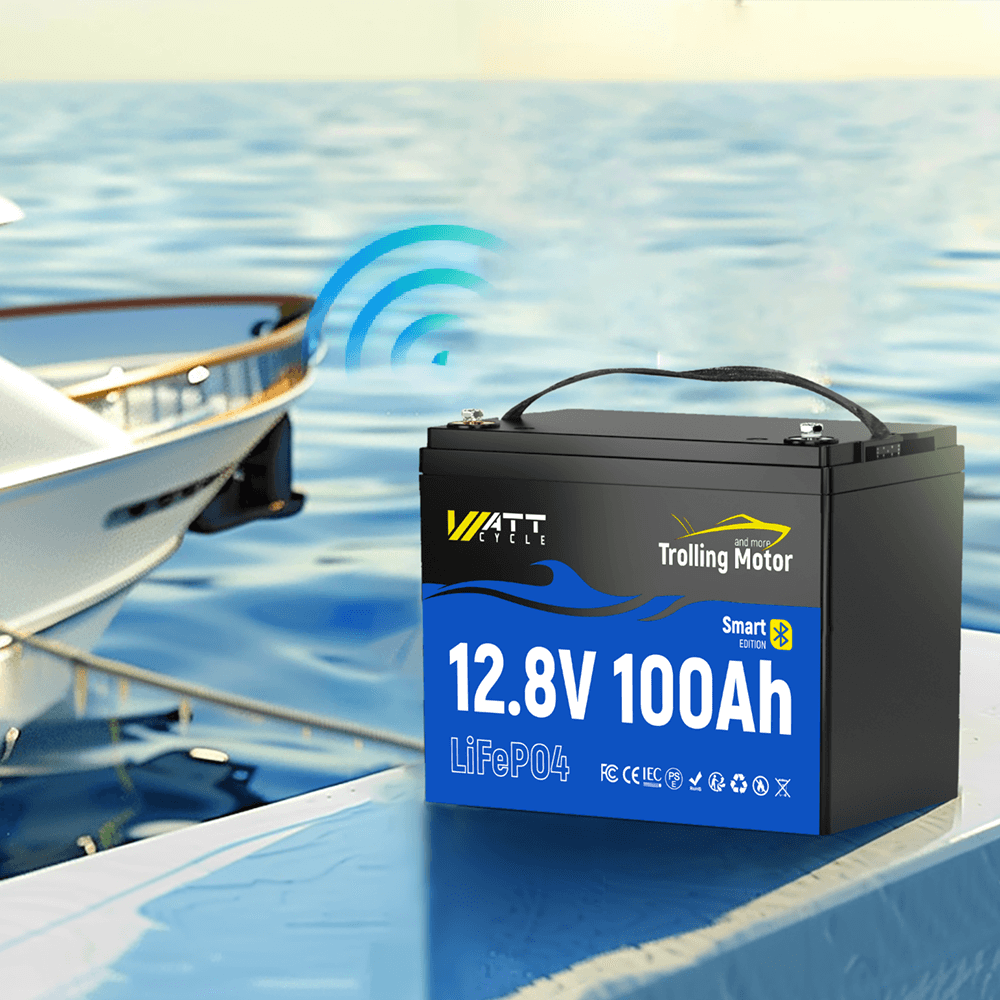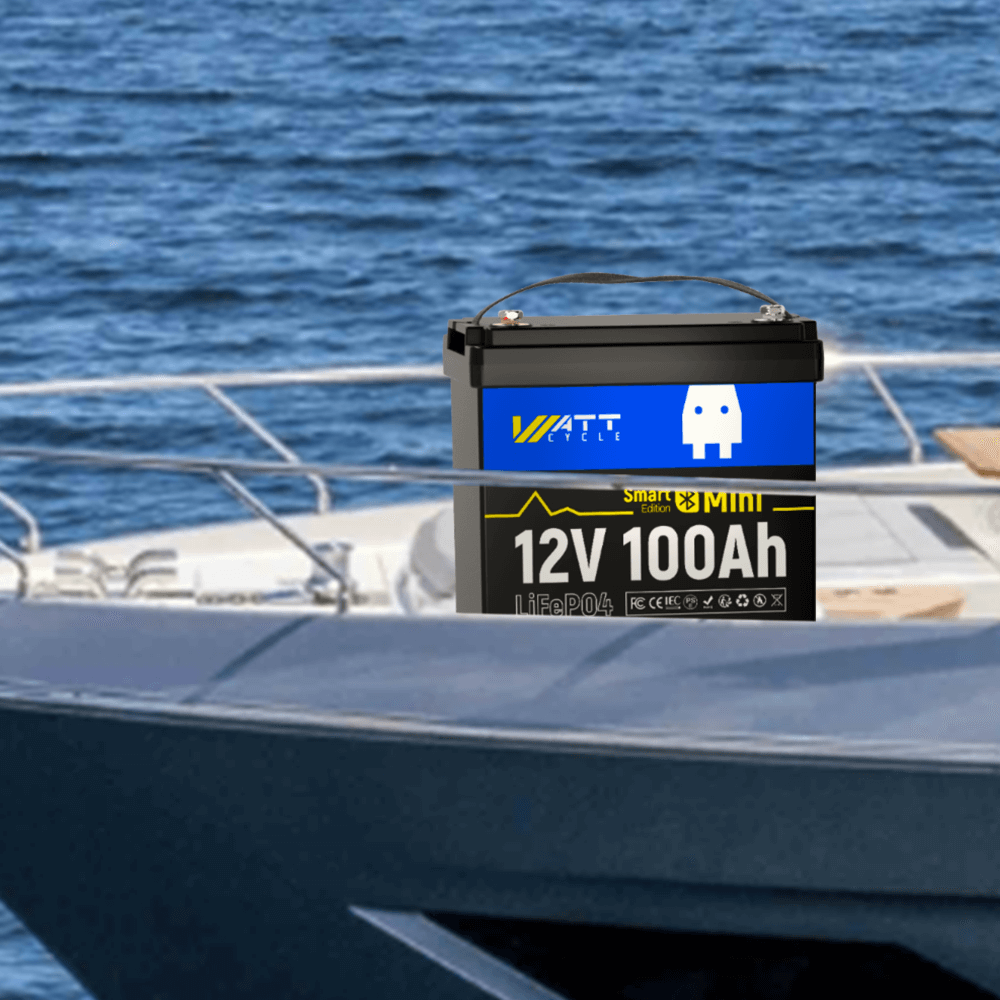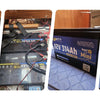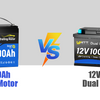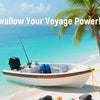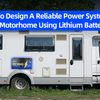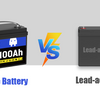From 60 to 300 Ah - Endless power in our motorhome at last

Gerold K., a long-time campervan user from Germany, planned to upgrade his new campervan's standard battery to a LiFePO4 battery this past January. He stated that his previous campervan used expensive starter batteries. However, after conducting research, he became convinced that WattCycle offers an attractive and cost-effective alternative to lead-acid batteries.
In January, my wife and I were presented with our new motorhome - a Giottiline 322 - by the dealer with flowers and Toscana wine. Almost all motorhomes are only equipped with relatively small body batteries ex works - in our camper, it was a 120Ah AGM battery. I already knew from our previous vehicles that with this technology only 50%, here just 60 Ah, is practically usable. This is sufficient for campsites with a fixed power connection. But if, like us, you like to be out in the countryside, you need more capacity. As I have already equipped a motorhome with a LiFePO4 battery, this technology was the only option. This is because the capacity of LiFePO4 batteries is 100% usable. These batteries can - and should - be fully charged again and again. LiFePO4 cells are also safer than conventional lithium cells.
The existing 120 Ah AGM battery weighed 26 kg and measured 353 x 175 x 190 mm. As I didn't know WattCycle at the time, I expected to only be able to install a single 100 Ah LiFePO4 battery at this point. This is because the compartment in which the battery is installed ex-factory is relatively small.
Why Choose WattCycle LiFePO4 Battery?
In Germany, 100 Ah LiFePO4 batteries with a battery management system (BMS) cost around 900 to 1,000 euros. Could I make better use of the available space? Were there cheaper alternatives of equal quality? I began a long and intensive internet search and came across Will Prowse's YouTube channel. An American solar and battery expert was testing a 100 Ah WattCycle battery at the time. Will Prowse not only measures the technical data and carries out tough practical tests. He also always opens the housings, takes a close look at the battery management systems (BMS) and meticulously checks the mechanical and electrical workmanship of all components. His conclusion: “Incredibly good workmanship, good work, the thing is fantastic”.
This battery currently costs just €209,99 in the German WattCycle store! That was reason enough for me to take a closer look at this manufacturer's entire range. I also discovered the “little sister” of the 100Ah WattCycle battery, the 100Ah Smart Bluetooth Mini. This costs a little more than the version without Bluetooth, but also offers monitoring of all battery functions via an app. With this app, you always have control over the charge status of the batteries and can see how many ampere hours are currently being charged or discharged.
But the best thing about this battery is its extremely small dimensions. It is only 229 mm long, 138 mm wide, and 208 mm high. In our new motorhome, I was therefore able to install three of the 100 Ah Bluetooth Mini batteries where previously only one 120 Ah battery had been installed. You can see the comparison in the photos. WattCycle made it possible for me to have 300 Ah instead of the original usable 60 Ah. And at 28.5 kg, the three new LiFePO4 batteries are only slightly heavier than the previous 120 AGM battery, which weighed 26 kg.


First Impression of the WattCycle 100Ah Smart Bluetooth Mini Battery
After ordering in the store, the batteries were delivered within a few days. And as you can see in the photo, the three batteries fit exactly into the standard battery compartment of the motorhome, one behind the other and connected in parallel! Incidentally, the 280 Ah WattCycle Smart BT Mini would have been another alternative with similar dimensions. This single battery could be ideal for other battery compartments, because although this battery is 50 mm higher than the 100 Ah BT Mini, it is 194 x 384 mm shorter and narrower. Installation is even more flexible, even in other areas of a motorhome or under the seats, because these batteries can be mounted either vertically or horizontally.
230V (AC) Charger for Charging LiFePO4 Batteries
On the Internet, you often read the question of whether the existing body batteries in a motorhome can be replaced one-to-one with LiFePO4 batteries. In principle, this is possible. But there are a few important things to bear in mind: As a rule, you will want to charge the new LiFePO4 cells with a so-called mains charger. This means using the charger installed in the motorhome at the factory, which is connected to 230 volts. If this can be switched to a LiFePO4 charging characteristic, these conditions are already perfect. This is the case with most newer chargers, and a suitable charging curve can be selected using DIP switches.
If your charger does not have such a changeover option as standard, please ask the manufacturer of your motorhome or the manufacturer of the charger whether a different characteristic curve can be used. If in doubt, you should replace the charger with a new and more powerful one. In our case, however, the changeover to LiFePO4 was possible and the charger could therefore continue to be used.
Charging Booster for Charging LiFePO4 Batteries
The second way to charge the new batteries is via a charging booster, which charges the current generated by the vehicle's alternator while driving into the new leisure battery. Such a charging booster is absolutely essential for LiFePO4 batteries, as direct charging via the alternator would damage the new battery. A characteristic curve for a LiFePO4 battery can also be set on the current charge boosters. If your motorhome does not yet have such a charging booster, please retrofit it. Pay particular attention to sufficient cable cross-sections.
Just like in our motorhome, most campers already have a charging booster installed for another reason. Because the newer vehicles have a so-called “intelligent” and fuel-saving alternator control system, which does not always guarantee a sufficient charge of the leisure battery while driving. To avoid this problem, many motorhomes are already equipped with charging boosters. The existing charging booster in our motorhome could easily be switched to “LiFePO4”. And with 40 Ah, its output was also suitable for the new WattCycle batteries.
However, 17 Ah of the 40 Ah are consumed by the refrigerator during the journey, leaving only approx. 20 Ah for charging the batteries. You would therefore have to drive for at least 15 hours to fully charge the batteries. But firstly, a complete discharge will not occur in practice. And secondly, we have decided to install a third charging option. So that we can really be independent of the power grid while on the road, I have installed four solar panels on the roof, each with 150 W/peak and therefore a total output of 600 W/peak. Solar panels are almost always installed on motorhomes to be independent of other power sources when traveling.

Solar System for Charging LiFePO4 Batteries
The solar system can be used to charge the batteries with an additional 20 to 25 Ah from the photovoltaic system. And of course, when the sun is shining, at any time, not just while driving.
You can find all the steps of the installation in the video below. Subtitles in various languages can also be turned on in YouTube.
Experienced DIY enthusiasts can install WattCycle batteries themselves while observing all safety regulations. If in doubt, contact a specialist workshop, as these batteries can carry high currents. You must ensure that you observe the required cable cross-sections, that no short circuits are caused by tools or incorrect installation, and that the batteries are securely fastened. And you should draw up an installation plan before starting work. When crimping the tubular cable lugs, make sure you use really good cables and high-quality cable lugs. Here, you should use branded products with which a reliable and firm crimping is possible. Even if a charging booster is already installed, you must check whether the cables from the starter battery to the booster have a sufficient cross-section. And if you want to use a larger charging booster, you may need to run new, thicker cables to the starter battery. In addition, all cables must, of course, be fitted with correctly dimensioned fuses. Seek advice from a specialist or have this work carried out by a specialist workshop.
Conclusion
Once all these requirements have been met, you can use the WattCycle batteries to upgrade your motorhome, extend the capacity of your off-grid solar system, or multiply the range of your electric boat. Have fun with it.
-
Posted in
Battery Review, RV

